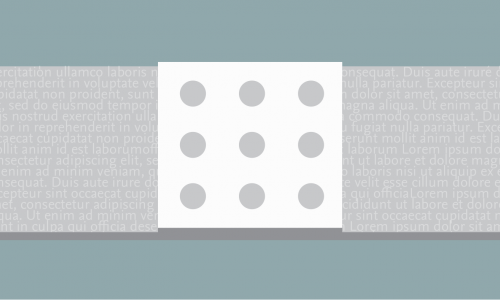
Learn the fundamentals of manuscript preparation and how to write them, including how to structure your article and write a great abstract.

The rise of generative AI and AI-assisted technologies has led to new policies for researchers, offering transparency and guidance.

In part 2 of our “Generative AI: New policies, opportunities, and risks” recorded webinar, Daniel Stuckey, Senior Publishing Ethics Expert, explores the increasing number of ethical cases that deal

Could AI reduce the time from manuscript submission to publication? Does your author policy refer to AI as it is used in many fields in the research process, for example, to process data?

The rise of generative artificial intelligence (AI) and AI-assisted technologies has triggered new polici

Data visualization greatly benefits research analysis and storytelling. But do you know how to pick the right plot to visualize your research data?

There are ways to plot and visualize your data e.g., bar charts, line charts, scatterplots, histograms, bubble charts, and many more.

Which chart type to use and what is appropriate for each use case in your research depends on the context and not just the data.

Part 4 of “Thinking numbers in pictures: Data visualization for research articles” illustrates how data visualization has been evolving over the last 20 years.

What is a visual abstract and why should you use visual abstracts in your research? How can you create a visual abstract and what message from your research should you select?

Part 3 of our "From article to art: Creating visual abstracts" module focuses on Design tips to make visual abstracts accessible and engaging.

In Part 4 of our "From article to art: Creating visual abstracts" module, Mark Belan will guide you in selecting your visual components and portraying the outcome precisely, as well as preparing a

In this in-depth guide to structuring an article, we shine a spotlight on each of the article elements in turn.

Learn how reference managers can make your research life simpler while helping you make the most of your data.

This introduction to the publishing process contains helpful insights for those preparing to submit a manuscript for the first time.

An abstract can make or break an article. Our guide contains the know-how you need to ensure yours is a success.

At many journals, the process for submitting a review article is much different from the process for a research article: rather than uploading your research manuscript and clicking Submit, it might

Submitting your manuscript without a cover letter or an incomplete one can impact the outcome of your submission.

The process of writing a manuscript is considerably different from the work undertaken for academic degree requirements.


Why poor manuscript language can prevent your research getting the recognition it deserves – and what you can do about it.


In this module, Arunabha Bose, a scientific editor from MethodsX discusses how to submit an article to MethodsX and how to review a manuscript.

A great research article or review is about more than listing research results: it is about telling a story through the data or giving your readers some insight they could not get from reading the

As a researcher, you may have a story to tell that contributes not just to members of your own specific field of study, but that is of interest to a wider international interdisciplinary audience.
 guide to writing a review article" width="500" height="300" />
guide to writing a review article" width="500" height="300" />
Writing a compelling review article is about more than picking an interesting topic and gathering the latest references.

Case reports provide valuable information by throwing light on rare and unusual clinical presentations, symptoms or diseases.

Systematic reviews are used to rigorously analyze and aggregate current research to answer a question based on making best use of existing evidence rather than commissioning new primary studies.
 guide to writing a manuscript in LaTeX" width="500" height="300" />
guide to writing a manuscript in LaTeX" width="500" height="300" />
Everything you need to know about using LaTeX to ensure your formula-heavy manuscript has a professional polish.